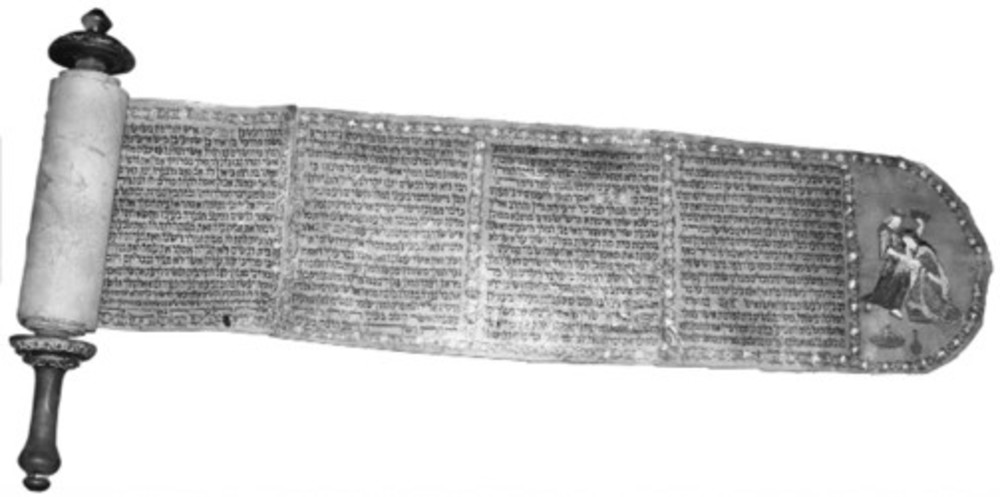More Than Eat, Drink, and Be Merry...
 The festival of Purim is one of the most beloved Jewish holidays, in part because of the customs surrounding its observance: raucous, noisy behavior; dressing in costume; and drinking to excess... and all this can happen within the confines of a synagogue! Loosely described as the Jewish answer to Mardi Gras or Carnival, Purim comes at the same time of the year as those holidays. Other cultures, likewise, have bacchanalian festivals at similar times – to welcome spring by releasing curbed energy after a long, cold winter.
The festival of Purim is one of the most beloved Jewish holidays, in part because of the customs surrounding its observance: raucous, noisy behavior; dressing in costume; and drinking to excess... and all this can happen within the confines of a synagogue! Loosely described as the Jewish answer to Mardi Gras or Carnival, Purim comes at the same time of the year as those holidays. Other cultures, likewise, have bacchanalian festivals at similar times – to welcome spring by releasing curbed energy after a long, cold winter.
However, the theological foundation of Purim differs radically from its Christian and pagan counterparts. In actual fact, the historicity of Purim is somewhat lacking in support. The events that inspired the holiday are recounted in Megillat Esther – one of only two books of the Bible that never mention God’s name (the other being Song of Songs). The story of Esther, Mordechai, Ahashverosh, and the villainous Haman is well known to all. It recounts the deliverance of the Jews in the kingdom of Persia from the annihilation Haman planned for them. Yet there is no corroboration of the events from any other source, so the book’s historical accuracy has been questioned. That, coupled with the absence of God’s name from the account, provoked great controversy among the rabbis; and Esther was included in the biblical canon only after much debate.
Unlike the other four scrolls read liturgically in the synagogue (Song of Songs, Ruth, Lamentations, and Ecclesiastes), the Book of Esther must be read from a parchment scroll; and the rules governing the reading of this megillah are contained in the Talmudic tractate Megillah. In the Diaspora, Megillat Esther became popular for its message of the triumph of justice; and it encouraged reflection on the duties of a Jew towards his/her community. Two primary obligations of Purim, beyond the revelry, are donating to the needy (mattanot la-evyonim), and the sending of gifts to friends (mishloah manot – better known in Yiddish as shlach-monos).
The Book of Esther has inspired many commentaries and been the subject of much Jewish folk art. The scroll pictured here, printed on leather with hand-painted wooden rollers, is from the collection of the Abraham and Natalie Percelay Museum of Temple Emanu-El. Artistically decorated, it was donated to the museum by friends, in memory of Dora Rosenthal and Joseph Rosenthal, mother and brother of Mrs. Eli A. Bohnen.
Ruth Page (rpage55@cox.net) is the Chair for the Museum Committee at Temple Emanu-El. This article first appeared in Temple Emanu-El’s newsletter, The Kol, in the Museum Musings column, February 2010.
EDITOR’S NOTE: This article is the first in a series about Hiddur Mitzvah (enhancement or beautification of the divine commandment). Jewish Tradition reminds us to perform each mitzvah in the most beautiful manner. What better way to enhance the mitzvah than with art or aesthetics? Decorative candlesticks, Kiddush cups, velvet-covered Torah all add to the delight of religious acts.
In appreciation of Hiddur Mitzvah, The Jewish Voice will highlight Judaica collections and treasures in our synagogues and museums throughout the state.
“This is my God, and I will glorify Him.”
Exodus/Shmot 15:2







